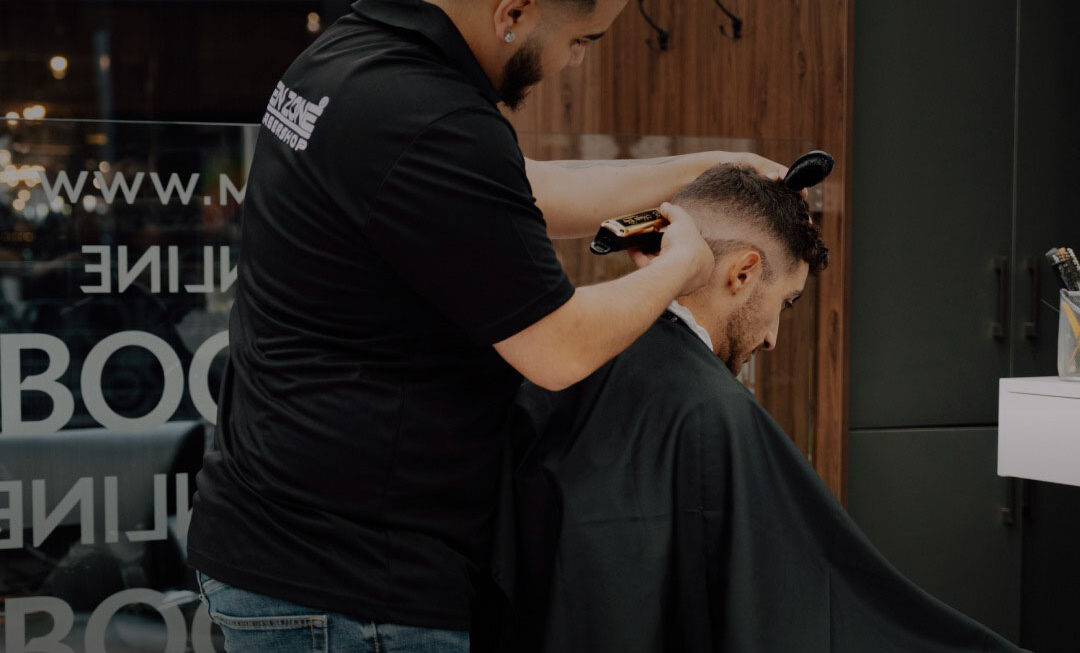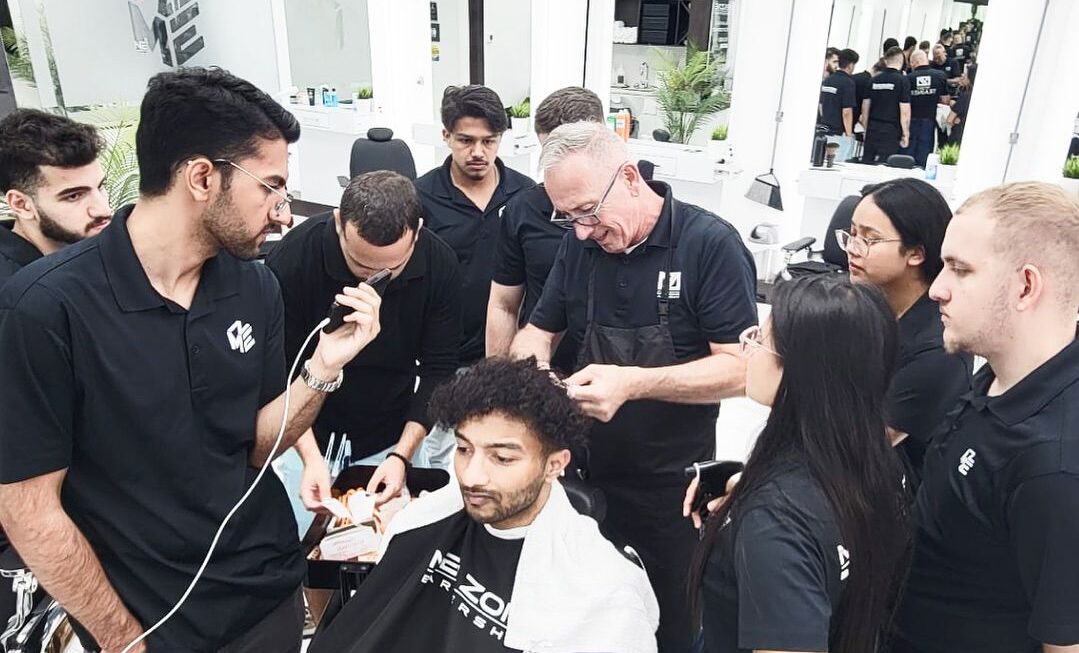The grooming industry is flourishing. When people look for hair care or beauty services, they are drawn to professionals who not only understand but also help improve their personal style.
A common mistake is thinking that “hairdresser” and “hairstylist” are the same. But they represent two separate careers. Knowing what defines them is important to individuals looking for salon career opportunities.
In this hair career guide, we will assist you in selecting the career path which fits you according to your skills, interests, and goals. By explaining what a hairstyling diploma program or a hairdressing course includes, we will assist you in making a wise choice about whether you want to remain in the beauty industry.
Hairdresser Vs. Hairstylist: Understanding the Roles
What is a Hairdresser?
Hairdressers are specialists in haircuts, hair colouring, and hair maintenance who deliver to clients the confidence and comfort they need. They are generally employed in salons, spas, or barber shops that offer services such as haircutting, colouring, and styling.
Evaluating their responsibilities:
- Haircuts: Performing regular trims or changing the overall haircut with precision to meet client expectations and needs.
- Colouring: Expert services when colouring the hair with semi-permanent, permanent, or temporary hair colour (inclusive of highlights, balayage, and root touch-ups).
- Hair Treatments: Offering services of deep conditioning, keratin and scalp treatments.
Hairdressers have a more organized workplace and typically have a fixed clientele; they tend to have regular working hours in spas or salons. Their work requires a high level of technical skills and knowledge of haircare products and services.
What is a Hairstylist?
Creativity is a core skill for a hairstylist. They generally work on a contract for fashion shows, photo shoots, and weddings. While they can work in salons, hairstylists have a more flexible schedule and work environment than hairdressers.
Evaluating their responsibilities:
- Styling: This involves styling hair in a fashionable, classy, or upscale way that satisfies the personal or business demands of a client.
- Updos: Specializes in creating very complex updos for weddings, galas, and photo shoots.
- Creative Consultations: Providing customized consultations to customers regarding the newest trends and the way to get certain appearances.
The hairstylists tend to be more artistic with hair, as they strive to create unusual appearances that push the limits of fashion.
Skills Required for Each Career
The following is a summary of the skills needed in each profession:
Hairdresser:
- Technical cutting skills
- Beauty aspect (e.g., colouring, perming) know-how
- Accuracy and detailing
- Good customer service ability
Hairstylist:
- Innovation and aestheticism
- Knowledge of the new trends
- Flexibility in working on various styling procedures
- Good portfolio with various hairstyles and competencies
Work Environment & Career Opportunities
Hairdressers and hairstylists differ greatly in terms of their career opportunities and work conditions.
- Hairdressers are usually employed in a salon or a spa with regular working hours and a stable customer base. Career advancement opportunities also include salon manager, a teacher, or possibly even a salon owner.
- Hairstylists can have flexible working hours and may do freelance work or high-profile assignments such as fashion shows and photo shoots. As experience grows, hairstylists can develop a base of high-profile customers. They may also become teachers in a hairstylist school in Mississauga or venture into the fashion market.
For more information, refer to the following articles on freelance hairstyling jobs and current methods of hair styling:
Education & Certification Requirements
- Hairdresser: The hairdresser would have to undertake vocational training programs or apprenticeship programs and fulfil provincial licensing requirements in order to become a hairdresser. To make sure that you possess the needed technical skills, formal education in hairdressing is required.
- Hairstylist: Although in some regions hairstylists may not be expected to be formally certified, more advanced hairstyling classes can assist them in refining their skills. A number of hairstylists develop a portfolio after graduating from a hair styling school in Mississauga to present their work, which makes them credible and will attract clients.
Have a look at these articles to learn more about hairstyling education:
- Choosing the Right Hairstyling Diploma Program
- Technology Innovation in Hairstyling Courses
- Hair School to Salon Success
Income & Job Outlook
The amount of money earned by hairdressers and hairstylists depends on the geographical area, the experience, the clientele and the fame.
- Hairdresser: On average, they have a true income because they have to meet their clients regularly. The salary will be increased with experience and the client base.
- Hairstylist: Hairstylists can earn more per job, in particular those who are freelancers or work in a high-end environment. Nevertheless, their earnings may vary with the events they attend and the clients they serve.
The beauty industry jobs are very much in demand, and employment in salon management, teaching, or the fashion industry is plentiful.
Pros and Cons of Hairdresser & Hairstylist Career Path
| Career Path | Pros | Cons |
| Hairdresser | Fixed work hours, stable income and secure job | Job can feel repetitive after a while; creativity is limited |
| Hairstylist | Freedom to explore one’s creativity; flexible work hours | Income is not steady; highly competitive |
How to Decide Which Path Suits You
In deciding whether to become a hairdresser or a hairstylist, one should take into account the following:
- Self-evaluation: Are you more of a person who likes using their hands and follows specific methods? Are you someone who enjoys experimenting with various looks and styles?
- Career objectives: Are you seeking stability and a structured work environment? Do you want flexibility and the opportunity to work on high-profile events?
- Experience: Consider examples of professionals working in both career paths before making a decision.
Conclusion
The job of a hairdresser or hairstylist is crucial to the beauty industry. Yet, they differ in their focus, abilities, and the environments in which these professionals work. Making the correct choice will depend on your interests, skills and long-term career objectives.
Still not sure of the right direction to follow? You could always consider a training program in our hair salon school in Mississauga or an apprenticeship program in hairstyling education as a way to gain experience in both fields.
FAQs
1. How would you describe a hairdresser vs. a hairstylist?
A hairdresser is more about hair trimming, dyeing, and styling. A hairstylist does more with creative styling and fashionable appearance. The only distinction is the difference in technical abilities of a hairdresser and the artistic, trendy orientation of a hairstylist.
2. Which career pays more: hairdresser or hairstylist?
Overall, hairstylists, especially those who are freelancers or work with celebrities, have a higher chance of earning more than hairdressers. Nevertheless, the two professions can result in high-paying career opportunities with experience, place of residence, and a major in hairdressing courses or hairstyling education.
3. Do hairstylists need special certifications?
Although certification is not always necessary, successful hairstylists should have undergone special hairstyling education programs in the art of hairstyling and have a good portfolio. This helps hairstylists stand out in the competitive beauty industry.
4. Can a hairdresser become a hairstylist?
Yes, a hairdresser can become a hairstylist, developing high-level creative styling skills and creating a diversified portfolio. This transition can be made with the help of gaining experience in hairstyling diploma programs.
5. What skills are most important for haircare professionals?
The most important skills that haircare professionals should have are technical skills in haircutting and haircoloring, styling creativity, excellent knowledge of hair trends, and customer service. These are some of the necessary skills that can be developed by enrolling in hairdressing courses and hairstyling education.




